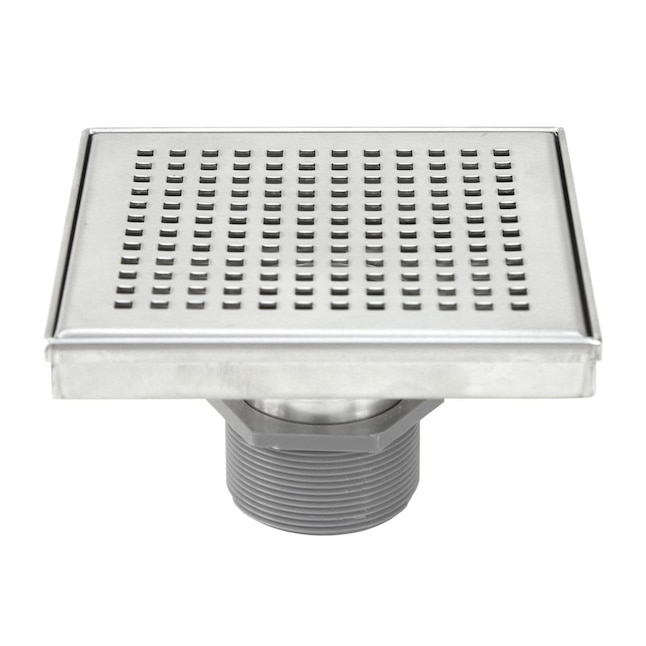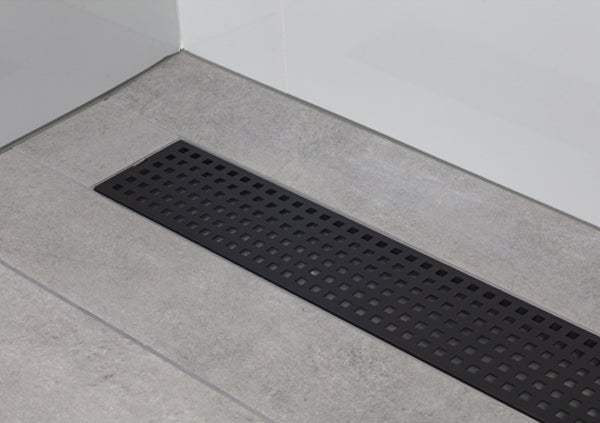Taking On-Handling-Managing Your DIY-Do-It-Yourself-Self-Installed Shower Drain-Bathroom Drain-Drainage System Installation-Setup-Project
Taking On-Handling-Managing Your DIY-Do-It-Yourself-Self-Installed Shower Drain-Bathroom Drain-Drainage System Installation-Setup-Project
Blog Article
They are making a number of good annotation regarding Easy Shower Drain Installation Tips in general in this great article following next.

Upgrading a shower room is just one of the extra popular house enhancement jobs. Handling the plumbing for draining your shower can be exceptionally straightforward unless you overdo.
Managing Your Own Shower Drainpipe Setup Job
You can physically develop a collection agency for your new shower, but you really require to consider it. Do you truly want to get into the difficulties of obtaining the sloping appropriate, and also ensuring every aspect of it is waterproof? And also I imply every aspect! It is much easier to merely get a pre-cast collection agency online or at your neighborhood Lowes, House Depot or hardware store. Structure one may sound like a terrific idea, yet you will most likely feel differently after a number of hours.
Regardless of exactly how you tackle getting a frying pan, you must make every effort to make use of one that has the drainpipe located in the very same area as the original pan. Relocating the drain pipelines can be a task, particularly if the building contractor utilized a special framing structure. If you are figured out to move the drainpipe, you are mosting likely to have to reduce the pipe or extend it, which may suggest destroying large portions of the floor. Rephrase, you are going to be looking at a multiple weekend break project.
Thinking we have our drain aligned, the actual link is fairly straightforward. The drainage pipeline should be encountering vertical as much as the collector. It will typically look like a "U", which indicates it serves as a cleanout to maintain nasty scents from coming back up from the drainpipe. To connect the drain, you are mosting likely to create a water tight link between a drain cap on the top of the frying pan and the drainage pipeline. Equipments vary, however you are typically going to do this by placing a combining piece on the top of the drain pipeline. This is then covered with gaskets as well as essentially screwed into the drain cap. The drain cap must serve as a locknut, to wit, it screws straight onto the combining.
The tricky part of this process is getting your drainpipe cap to match a watertight position in the pan. This is achieved by withdrawing the drainpipe cap once you are sure whatever meshes. Then, you put plumbing professionals putty around the bottom of the cap and then screw it back on. The putty ought to develop a tight seal between the cap as well as the shower frying pan, which maintains water from flowing under it and also right into the mounting under the shower.
Obviously, bathroom showers come in a wide array of designs nowadays. If you acquire an enthusiast, they almost always come with plumbing instructions or the store can note anything uncommon you should recognize. It appears intricate, but is typically pretty simple. Have fun!
Whether you are a bathtub or shower individual, most people look for shower only alternatives when acquiring a residence. This basic truth means more than a couple of home owners invest a weekend updating or mounting showers in their restrooms. The good news is for you, it is a fairly simple procedure.
A collection agency or pan refers to the straight surface area situated at the end of the shower. The enthusiast usually consists of a non-slip surface area somewhat banked in the direction of the center or any place the drain is located. Combined with 3 to four inch walls around the side, the objective of your shower drain plumbing is to get the water to move to as well as away.
Tips for Installing a Shower Drain Assembly
Renovating a bathroom can be exciting as well as fulfilling if you’re tackling the job DIY-style. After you cross off the bigger decisions such as tile style, paint colors, and fixtures, you’ll need to finalize smaller details – such as the shower drain. In this article, we’re sharing some tips for selecting and installing the right drain assembly for your updated shower.
What is a shower drain assembly?
Shower bases or pans typically only come with a pre-drilled drain hole. Since the pan slopes toward the drain, you should consider the placement – left, center, or right – when designing your shower. You’ll need to purchase and install a shower drain assembly that connects the shower pan to the drain pipe underneath the shower. There are a few types of assemblies, which will be covered below.
Size of a shower drain
When it comes to installing drains, size matters. The recommended pipe size for a shower drain is 2 inches, whereas most tubs use 1.5-inch pipes. Why the difference?
Shower pans are shallower than tubs, so there’s a higher risk for overflow. So, the larger pipe allows for quicker draining. If you are replacing an old tub with a newer stand-up shower, you will need to make additional plumbing adjustments to accommodate the 2-inch pipe.
Types of shower drain assemblies
There are three common types of shower drain assemblies: compression shower drain, solvent-glue shower drain, and tile shower drain. The layout, design, and materials of your shower can determine which type of shower drain assembly will work best.
Compression shower drain
This type of assembly attaches to the drain pipe with compression washers and nuts. The drain fitting is typically installed into the base, and then the base is installed into the bathroom floor. This makes compression-style drains easier to install than other options, particularly if you don’t have easy access from the floor under the shower base. Drains are available in a wide range of materials such as PVC (polyvinyl chloride), ABS (Acrylonitrile Butadiene Styrene), and brass, and can be used for acrylic, fiberglass, and steel shower bases.
Solvent-glued shower drain
Made of either polyvinyl or ABS, this type of shower drain is sealed to the drain pipe with solvent glue and silicone. Since you’ll be working underneath the drain pan, we only recommend using this type of drain if you have access under the shower, such as from a basement or crawlspace. It’s also important that you match the type of plastic of the drain with the drainpipe. If you take these precautions, you can install a solvent-glued drain assembly with acrylic, fiberglass, and steel shower bases.
Tile shower drain –
Drain assemblies for custom tile showers feature a waterproof membrane liner placed between two flanges. The tile is installed on top of the liner, collecting any water that seeps through the porous grout. A metal strainer is installed in line with the tile over the drain.
https://www.epshawaii.com/blog/tips-for-installing-a-shower-drain-assembly/

I have been very eager about How to Install a Shower Drain in a Basement and I'm hoping you appreciated our post. Be sure to take the opportunity to distribute this write-up if you enjoyed reading it. Thank you for going through it.
Report this page